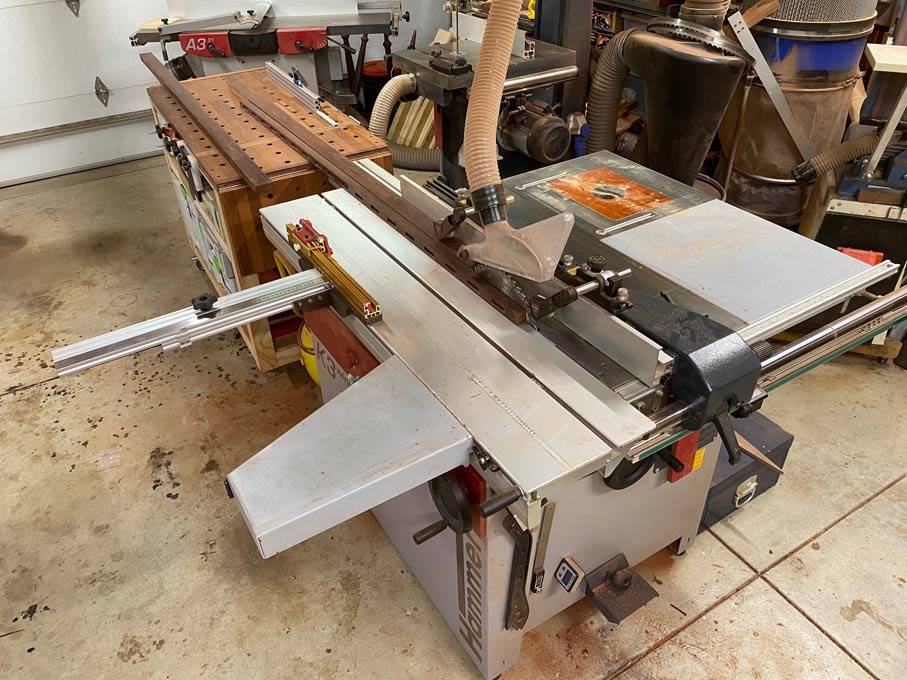I’m a heavy user on table saw. I have to have a 4’x64” on my saw. It doesn’t matter to me if it’s PB, laminate, MDO or MDF. Use a door or cover with Masonite, doesn’t matter as long as you keep it waxed..like Trewax, good, I like Johnson’s. Just wax it. Make a outfeed table to what you want.





 Reply With Quote
Reply With Quote





